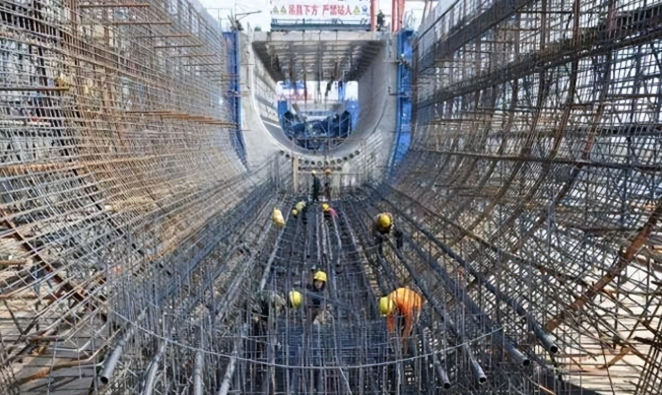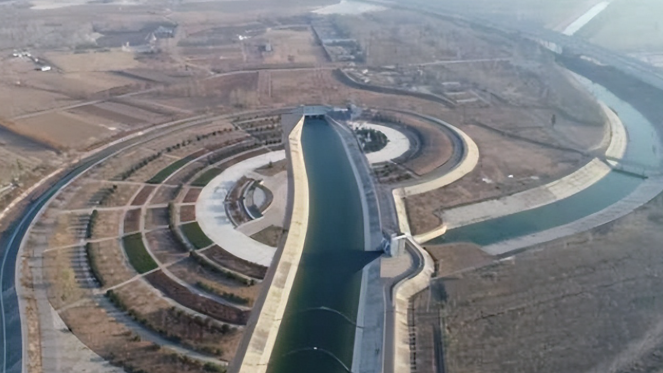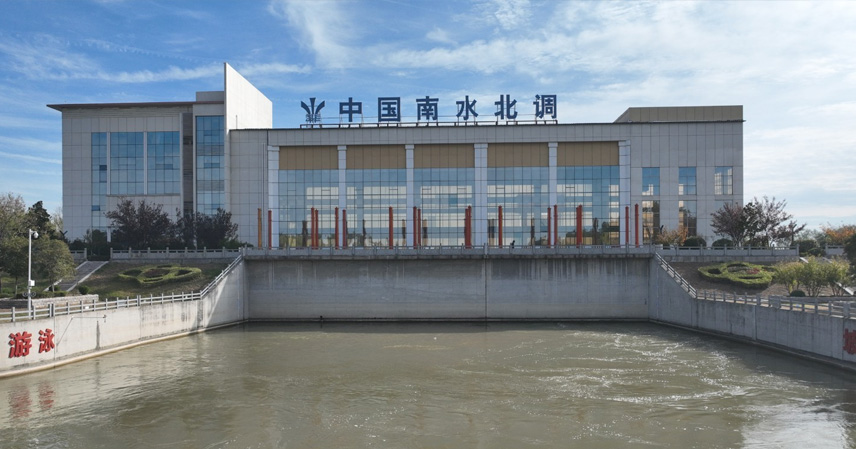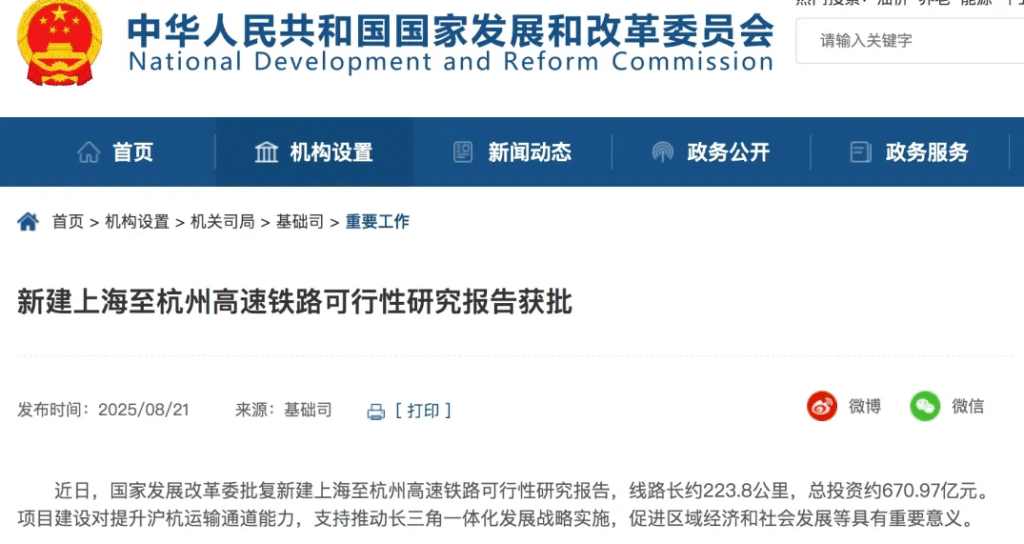A Nation’s Dilemma: North Thirsts, South Overflows
China’s uneven water distribution has long been a thorn in the side of policymakers. The north suffers chronic shortages, while the south overflows with abundant rivers and rainfall. Instead of relying on nature’s mercy, Beijing decided to take bold action: redirecting water on a continental scale. Thus began the South-to-North Water Diversion Project—a monumental feat of hydraulic engineering involving three main routes: the eastern, central, and western lines.
Together, these lines are designed to transfer a staggering 44.8 billion cubic meters of water—roughly equivalent to the entire annual flow of the Yellow River. By the end of 2024, cumulative transfers had exceeded 76.5 billion cubic meters, benefiting more than 185 million people. In Beijing, 80% of urban water now comes from the central route, and farmlands in Hebei and Tianjin are visibly greener.
The Eastern Line: A Symphony of Pumps and Power
The Eastern Route is a triumph of pumping technology. Starting from Yangzhou in Jiangsu Province, water from the Yangtze must be lifted 72 meters through 23 massive pumping stations, each pushing millions of cubic meters uphill. It’s an engineering orchestra of 13 pumping cascades and 34 large stations, with a total installed capacity exceeding one million kilowatts.

Most stations use low-lift axial-flow or tubular pumps, optimized for high flow rates and long operating cycles. Some of these pumps can move up to 13,000 cubic meters per hour—enough to fill an Olympic swimming pool in minutes. Constructed partly underground to reduce noise and disruption, their operating sound levels stay below 60 decibels, almost imperceptible to nearby residents.
The Central Line: Gravity Meets Precision
Unlike the east, the Central Route relies mostly on gravity flow. From the Danjiangkou Reservoir in Hubei to Beijing’s Tuancheng Lake, the system benefits from a natural 100-meter elevation drop. Yet, about 16 pumping stations still assist the flow, each providing around 25 meters of lift.
Modern variable-frequency drives allow automatic speed adjustment, balancing peak and valley water demands. After the Danjiangkou dam was raised, gravity alone carries most of the water north, with pumps used only where absolutely necessary—keeping energy losses under 5%.
The Western Line: Still on the Drawing Board
The Western Route, currently under study, aims to transfer water from the upper Yangtze tributaries to the arid northwest. Here, challenges multiply: high altitude, cold climate, and steep gradients. Engineers estimate lifts of 150 meters divided into multiple stages, with diesel backup systems for stability. Though years from completion, this route is critical for Xinjiang and Gansu’s long-term water security.
Technological Leap: Smarter, Stronger, More Efficient
Early designs mimicked Soviet-era axial pumps, but China’s engineers have since surpassed those models. By adjusting blade angles by just three degrees, they’ve achieved efficiency gains of up to 1.5%, while new composite alloys make pumps 20% lighter and more durable.
AI-powered systems are also reshaping operations. Since 2024, the Eastern Route’s major pumping stations have been fitted with AI sound and vibration monitoring, detecting anomalies in real time. Global industrial giants like Siemens and Andritz have joined the effort, providing digital control systems and high-performance pumps.

The Zaohé Station, Asia’s largest, has transferred over 21 billion cubic meters of water since 1987—enough to fill 23 Lake Luomas. Its modernization in 2025 represents not just maintenance, but the reengineering of hydraulic safety across the Huai River basin.
Beyond Engineering: A Human and Environmental Transformation
Behind the impressive statistics lies a profound social shift. Northern droughts are now rare, Beijing’s Miyun Reservoir has risen two meters, and forested green belts are expanding across Hebei. Communities displaced by reservoir expansion—like those around Danjiangkou—have turned to tourism and hospitality, building new livelihoods around the project’s infrastructure.
Environmental safeguards are also rigorous. Over 500 monitoring stations track water quality and turbidity, while self-cleaning pump designs handle silt from the Yangtze’s sediment-rich flow. From smart irrigation to industrial water recycling, the project’s impact extends well beyond its pipelines.
The Verdict: A Bold Solution, But Not the Final Answer
The South-to-North Water Diversion Project represents the largest and most complex water-transfer system in the world. It is a testament to China’s engineering ambition—but also a reminder of nature’s limits. While it has bought time for the north, long-term sustainability will depend on conservation, pollution control, and climate adaptation.
Engineering can move rivers, but managing demand will decide whether this monumental project truly balances China’s waters—or simply delays the next crisis.
References:
- Ministry of Water Resources of China (MWR) Reports, 2024–2025
- Journal of Hydraulic Engineering, 2025 Issue 3
- Siemens Digital Water Infrastructure White Paper, 2024



